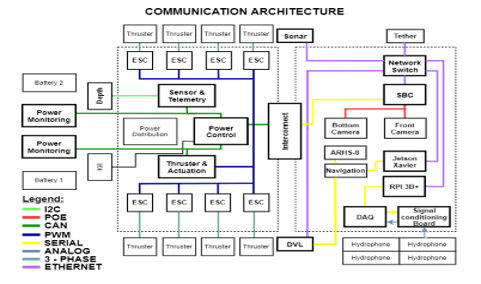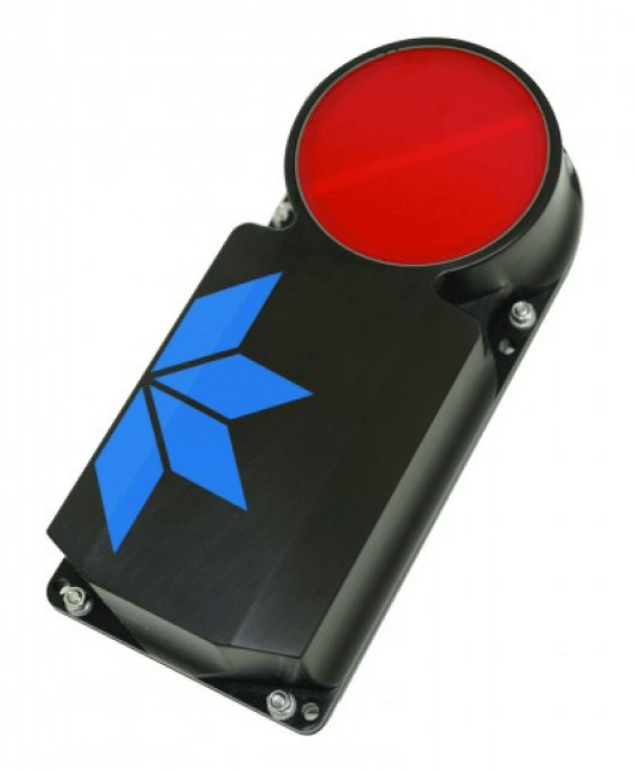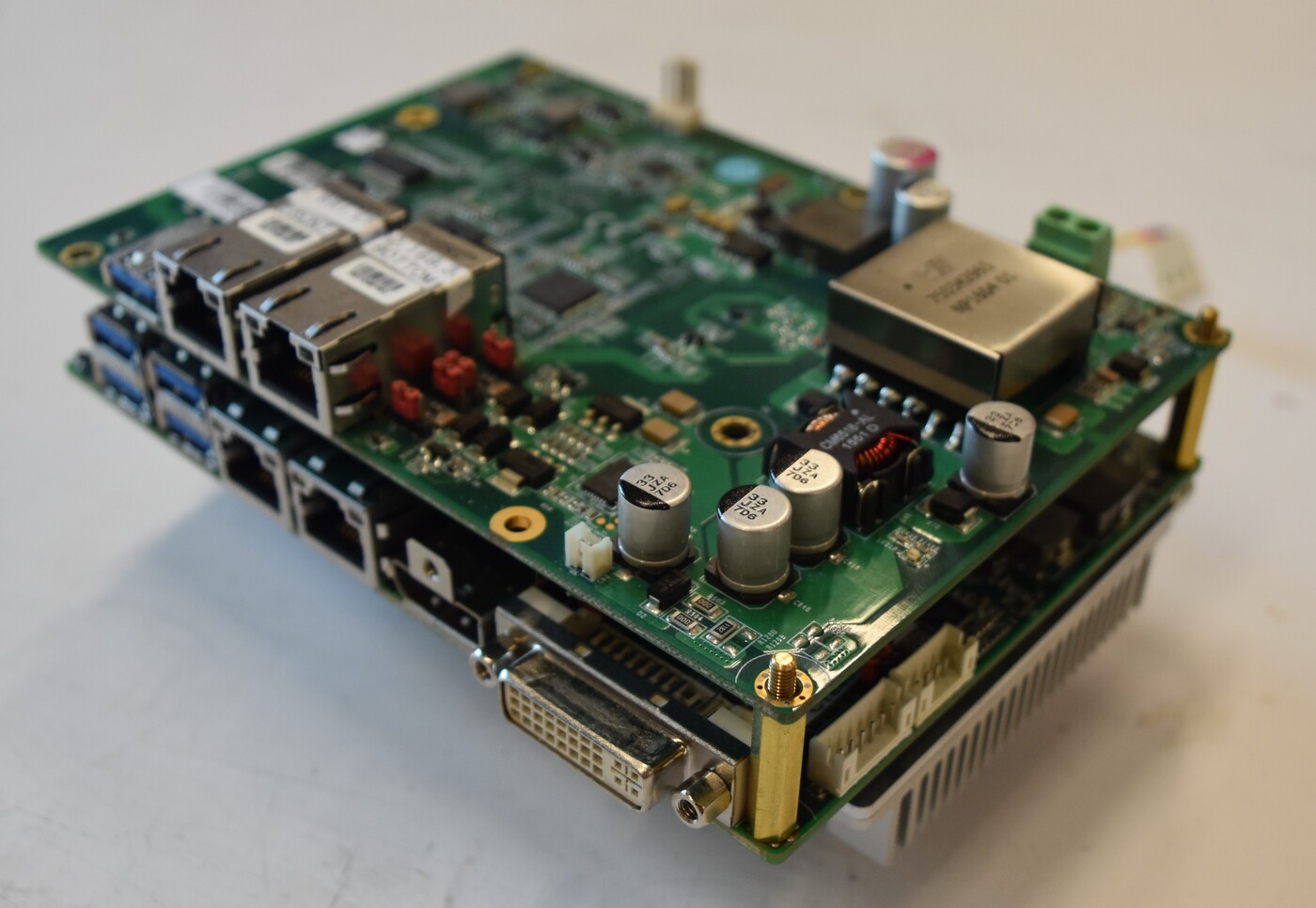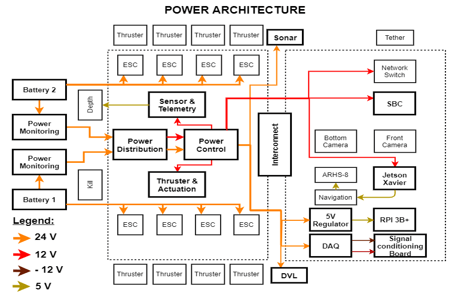
This year, the primary goal of our electrical architecture is easy identification and access to different parts of the system.
One new feature is the integration of Ethernet and Controller Area Network (CAN), through the use of the Ethernet link and CAN bus link, allowing for connection to all levels of the system even if the SBC is down.
Ethernet and CAN are our primary methods of communication for high and low-level components respectively, allowing for ease of adding new peripherals.
Navigation System
The navigation system on board the Bumblebee AUV 4.0 consists of an Inertia Measurement System (IMU), a Doppler Velocity Log (DVL), and a depth sensor.
The IMU provides critical inertial data at a rapid rate of 100 Hz. The IMU’s proprietary algorithms ensure the correct output data despite the presence of extensive electromagnetic interference generated by the electronics and thrusters.
The DVL is an active sonar system that helps to track the velocity of the AUV via a four-beam solution directed at 30 degrees nominal from the sensor’s ceramic head. The velocity readings obtained are combined with tilt and altitude measurements, and are then resolved into the three orthogonal x, y and z-axes via a least squares fit solution. These resolved readings are further filtered through a direct three degrees-of-freedom Kalman filter, which serves to attenuate noise. These calculations ensures that thee positional coordinates of the vehicle are highly accurate.


Computer System
BumbleBee’s computer system is powered by an Intel Core i7-7600 quad core processor on an Aaeon GENE-KBU6 Single Board Computer (SBC), along with a 512 GB mSATA Mini SSD (Solid State Drive). The unreliable USB-FTDI circuitry was swapped with RS232 for the SBC to transmit and receive data with the CAN bus.
A Power over Ethernet (PoE) expansion daughter board is added to the SBC for dedicated lines for our 2 new Blackfly S PoE Cameras. This eliminated the bulky Firewire interface cards, reducing the susceptibility of the camera feeds to interference and featuring more reliable auto-exposure and better image reproduction.
The computer is connected to the dockside Operator Control Station (OCS) through a 100 Mbps Ethernet tether. The vehicle is networked to a Gigabit switch that connects to the navigation suite and the OCS.
Power Management
The vehicle is powered by two 16000 mAh lithium polymer (LiPo) batteries in parallel, providing approximately two and a half hours of operational time before requiring a recharge. Each LiPo battery is installed into a battery pod with Subconn connectors which allows for both charging and discharging without having to remove the physical battery. The load balancer circuit on the Backplane enables hot swap capability, making the swapping process a smooth one without having to power down the system. Within the pods, the batteries are connected to custom a Power Monitoring Board (PMB) which monitors vital status such as current draw, cell voltage and capacity. The PMB has been upgraded to include a more accurate and space saving current monitoring IC and a PMOS with a higher current rating and larger footprint to improve heat dissipation.


Acoustics
BumbleBee’s acoustic sub-system has four Teledyne hydrophones in a square array, integrated with custom fabricated analog and digital boards. The high-resolution MUSIC (MUltiple SIgnal Classification) algorithm is used for localising the acoustic pinger.
Controller Area Network (CAN)
The CAN protocol is implemented for communication between various devices in the AUV. It is deployed on all the daughter boards, the PMBs and the SBC. The deployment of CAN eliminates single point of failure from our systems by not requiring the SBC to be in the center of the communication loop. With CAN, hardware devices are able to exchange data in a peer to peer fashion over a robust differential CAN bus without additional wiring overheads between devices.
